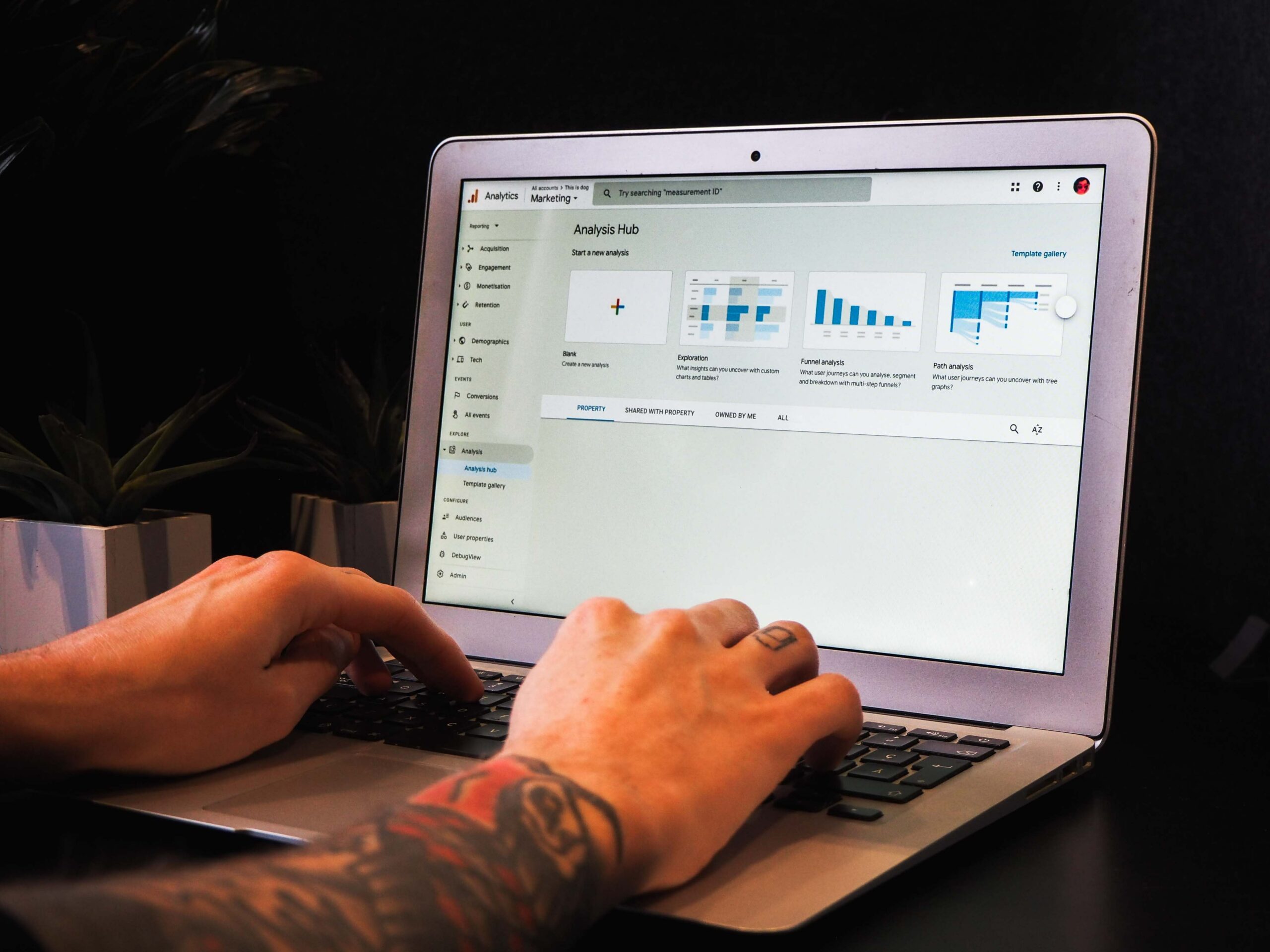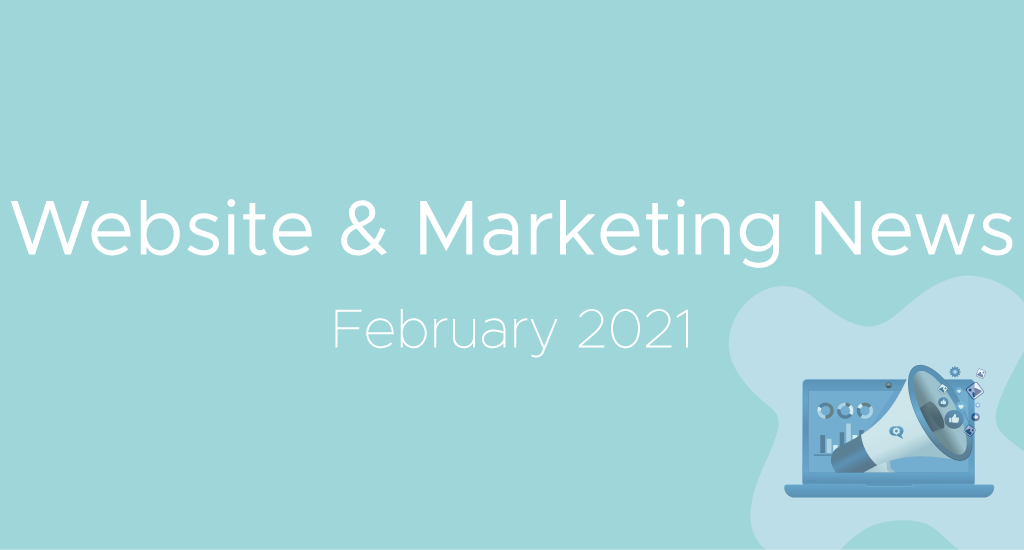Do you know who your customers are? Where are they online?
Are you confident that you are reaching the ‘best’ customers online with your marketing?
These are all basic questions we should be asking ourselves when we want to sell a product or service online. Why? Unless you define WHO you want to sell to you won’t know HOW to reach your customers.
In this article we’ll show you why it’s important to define your customers personas. Read on to start your journey towards effectively targeting and reaching the best customers for your business.
Why define your customers
We live in an age where customers have so many ways to find products and services online. Customers are bombarded with marketing messages everyday.
In fact, marketing experts estimate that a person sees between 4000-10,000 marketing messages in a single day! Search engines, social media channels, YouTube ads…there are so many ways to broadcast a sales message. Whether a customer is on a Smartphone, tablet, laptop or home PC we are all subconsciously being exposed to marketing messages ALL DAY LONG.
How can a business or brand be heard above all that marketing noise? This question is precisely the reason why you should start to define your customers.
If you want to effectively reach customers who might be interested in your product you’ll need to learn about them first. This will help you to ‘target’ them.
Targeting your customers will involve you understanding who they are, what they like, what they want, where they are, how they behave and much much more.
Targeting the best customers and how you go about doing that will help you to write an extremely important document – Your marketing strategy.
The benefits of learning about your customers
There are 3 big reasons why it makes sense to spend time learning about your customers before you start to market your product.
- Attract the most ‘high-value customers’
Instead of sending out a blanket marketing message to everyone, a targeted approach will enable you to only reach the people that are actually interested in what you have to offer. It’s all about the old adage of ‘quality of quantity’. Quality = high value. The truth is that the quality of your customer is so much more important than having lots of customers that aren’t really interested in what you do.
Learn about your customers to attract the best and most suitable customers.
- Save money on ineffective marketing
With a ‘targeted’ approach to marketing you’ll be able to create marketing messages that appeal to your customers. In-turn this means that you won’t waste time, effort and money in creating marketing campaigns that don’t work. Again, this is all about the efficiency of your marketing efforts.
Learn about your customers to create marketing messages that will return on your investment.
- Evolve your marketing into the future
Learning about your customers will involve collecting data about them. This data will help you to evolve your marketing as user behaviours change in the future.
As the internet is an ever changing digital environment you’ll want to keep on evolving your marketing messages so that you don’t get left behind. If you haven’t really taken the time to learn about your audience you won’t have a baseline to build from.
Learn about your customers to gain valuable insight into how to adapt and evolve your marketing over time.
Each of the above points are powerful reasons why you shouldn’t skip the strategy side of marketing your product. Skipping the thinking in favour of marketing creation is one of the biggest mistakes made by businesses and brands.
A vital part of developing a marketing strategy is discovering who your customers are. This will enable you to apply what you have learnt to how you approach marketing now and in the future.
Common messaging mistakes made
As-well as missing out the strategy step to marketing a product, here are some other big mistakes that business make:
- Thinking your customer is only one kind of business or person
- Not recognising big behaviour differences in the various groups of customers you want to reach
- Failing to redefine who your customer is as your business grows
How do I start to learn about my customers?
It’s never too late to start learning about your customers. You can start to define your customers right now. If you want to cut through the marketing noise online start with this easy exercise. You don’t need to access any data at this point. Grab a pen and paper and go through the following steps:
Answer these 3 big questions:
- What is your product? List out everything your product or service does.
- Who might be interested in your product? List all of the different ‘groups’ – this could include:
- Age groups
- Geographical locations
- Business types
- Interests of hobbies
- Political beliefs
- Phases of life: ex. Students, retired etc
- Why might they be interested in your product? Think big. Why is your product what they want and need? List all of the reasons why your product is the best.
Persona marketing
Now that you have some ideas about your customers it’s important to sort them into groups. Once groups of customers have been identified and ‘sorted’ into groups, marketing ideas and messages can be devised for each group.
Using this targeted approach to marketing is often referred to as ‘persona marketing’.
For most businesses, the customer is more than just one type of person or business. Understanding the different elements to these customers will help refine your targeting across all channels to effectively capture their business.
What is a persona in marketing?
Personas in marketing describes groups of customers that businesses can define and target with messaging that is attractive to that group. In marketing, the term ‘customer persona’ is most often used to describe a group of customers.
Imagine a person sorting different types of shells on the beach. They may have different buckets that they use to ‘sort’ the shells they find based on their size, colour and any other defining feature. In this analogy, each bucket represents a different marketing persona.
When learning about your customers you will inevitably uncover several groups of customers that you will want to reach. These groups are characterised using personas.
What is a marketing persona?
Marketing personas are representations that describe characteristics or behaviours of a group of customers. They define different ways that customers behave in relation to who they are. A customer persona (also known as a buyer persona) is a theoretical idea that represents the key traits of those customers.
Essentially, a persona is a list of different characteristics about a group of customers. Without data you may make assumptions about them. This isn’t a bad thing at all. But data will help you to shape your personas further.
Customer persona examples
A marketing persona for a set or group of customers could look a little like this:
Persona title: Retired People in Yorkshire
- Above the age of 65
- Located in Yorkshire
- Both male and female
- May have expendable income to spare
- Do not have to work anymore – may have niche hobbies
- They have time to research
- May spend a long time online
- Won’t be technology savvy – will probably rely on younger family members for help
- Aspirational living enthusiasts
- May use Facebook but not instagram
Another example could be:
Persona title: Small business owner in South Wales
- Aged between 20 – 50
- Located in South Wales: Cardiff, Newport, Swansea
- Both male and female
- Has limited resources – time, effort and money
- Faces pressures to survive
- May have a basic understanding of technology
- Looking for innovative solutions
How many customer personas should you have?
There isn’t a perfect number of customer personas to use. This is because every business is different. The uniqueness of your product or service will dictate how many different groups of customers you may have.
However, defining at least three customer personas to start with will help you to start marketing your product.
How to develop a customer persona?
Developing customer personas is a task that can be achieved using a combination of your own experiences as a business owner and gathering the most useful data insights.
If you want to learn how to create a marketing persona it’s first important to understand that there are two versions of who your customers are.
- The first version comes from your own ideas about your customers. This will be based on your experience as a business owner. It could be defined by your personal insights and feelings about your customers and who they are at the moment.
- The second version is what collected data can tell you. Read our article about data here. Only through combining your own experiences and what valuable data teaches you can you develop useful personas.
Persona development is a cyclical process of learning, tweaking and evolving the different personas you identify. The lessons you learn over time will help you to define and redefine your personas as your business grows.
How do you use customer personas in marketing?
Creating customer personas will help you to create a strategy to reach each group. Profiling or characterising each customer group will give you two helpful sets of insights into reaching them, practical insights and conceptual insights.
Practical Insights could include:
- How long they spend on websites
- What devices do they use to browse online
- When and where do they search online
- Do they live near your business
Conceptual Insight could include:
- What types of content do they prefer?
- Do they share content?
- (If existing customers) What do they like about your brand?
- What don’t they like about you?
- Do they find it easy to engage with you?
- Are they brand advocates?
Both practical and conceptual insights will teach you many things about your customers. Those learnings should inform the different marketing tasks you do to reach them.
Essentially, using persona insights to teach you how to market to that group of customers will show you:
- what to do
- how to do it
- where you should do it
There you have it, a basic introduction to customer personas and why it’s important to learn about your customer before you start to market.
How to create a marketing persona checklist
- Study your existing customers
- Look at your competitors audiences
- Use your experience and data insights to start to sort them into groups
- Ask further questions about their online behaviours to further refine your personas
- Use data insights to discover what those groups of customers value
Persona Marketing with Affordable Website Design Digital
At Affordable Website Design we help businesses to define their audience personas in a ‘messaging workshop’. We can help you to learn about your customers online.
If you are interested in learning about our messaging workshops, get in touch today!







